
support@yorubalibrary.com
+2348073529208, 07038599574

Traditional Yoruba clothing is renowned for its intricate designs, bright colors, and cultural significance. Each garment carries deep meanings and is often associated with specific events, statuses, and roles within the community. This article explores various traditional Yoruba attires and their cultural meanings.
Agbada
Agbada is a flowing robe worn by Yoruba men, symbolizing status and sophistication. It is usually reserved for special occasions such as weddings, funerals, and festivals. 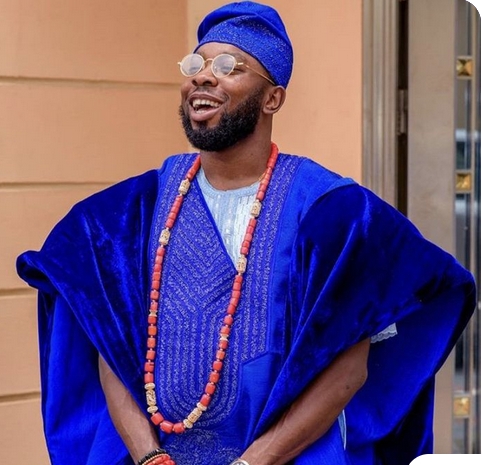
The Agbada consists of three parts: the awotele (undergarment), the awosoke (middle garment), and the agbada (outer garment). This attire is often made from richly embroidered fabrics like Aso Oke or Ankara, reflecting the wearer’s wealth and status.
Buba and Sokoto (Buba and Sooro)
Buba and Sokoto are essential components of Yoruba men's traditional attire. The Buba is a loose-fitting top, while the Sokoto refers to trousers. This combination is commonly worn for both casual and formal events. 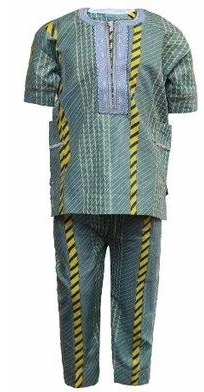
The simplicity of the Buba and Sokoto makes them versatile, yet the choice of fabric and the embroidery can elevate their elegance, signifying the wearer’s social standing.
Iro and Buba
The Iro and Buba are traditional garments worn by Yoruba women. The Iro is a long wrap-around skirt, and the Buba is a loose blouse. This attire is often paired with a Gele (headwrap) and an Ipele or Iborun (shoulder sash). 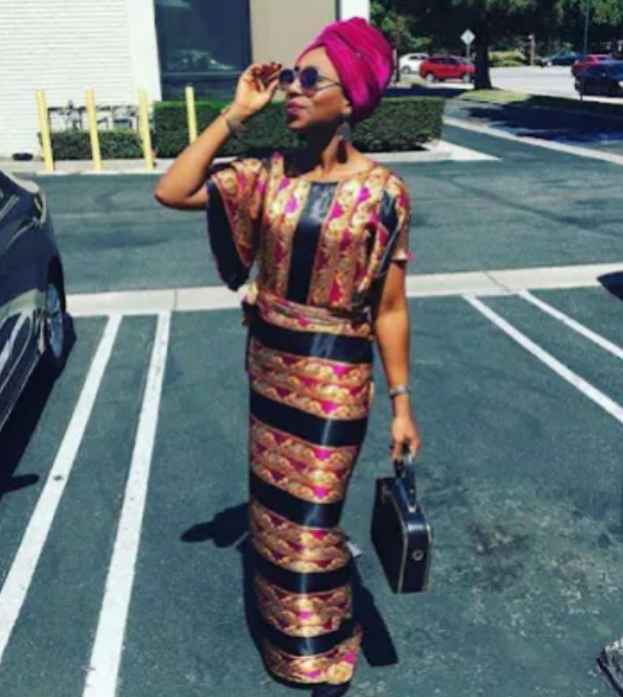
The Iro and Buba are typically made from fabrics like Aso Oke, lace, or Ankara. They are worn for various occasions, from daily wear to important ceremonies, highlighting the wearer’s grace and cultural pride.
Gele
The Gele is a headwrap worn by Yoruba women, serving as a symbol of elegance and cultural identity. Tying a Gele is considered an art form, with different styles indicating the wearer’s creativity and social status. 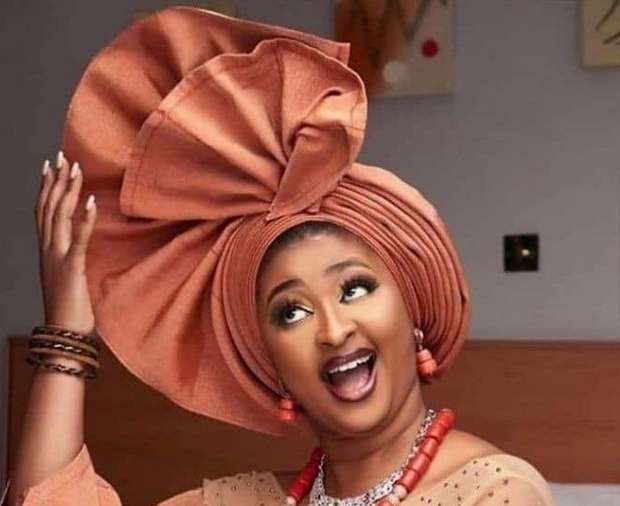
The Gele is commonly worn during weddings, religious ceremonies, and other significant events. Its size, color, and material often complement the rest of the outfit, adding a regal touch to the overall appearance.
Aso Oke
Aso Oke is a handwoven cloth that holds significant cultural importance among the Yoruba. It is used to make various traditional garments such as Agbada, Iro, and Buba. 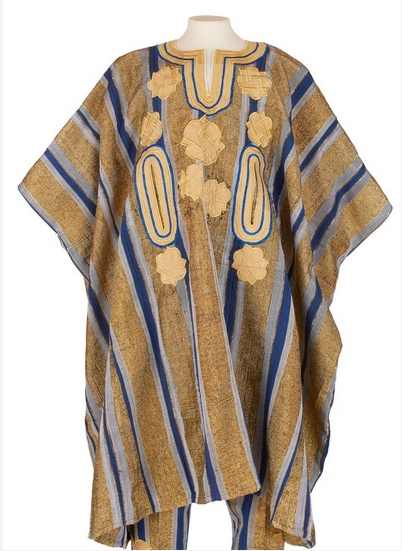
Aso Oke comes in different types, including Etu (dark blue), Sanyan (beige with white stripes), and Alaari (crimson). Each type is chosen for specific occasions, reflecting the wearer’s cultural heritage and the significance of the event.
Adire
Adire is a traditional Yoruba fabric that features intricate tie-dye patterns. It is created using resist-dyeing techniques, resulting in unique and colorful designs. 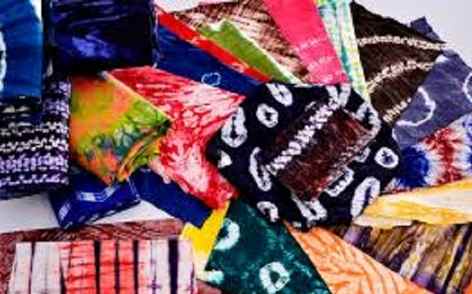
Adire is used to make various clothing items, from everyday wear to ceremonial attire. The patterns and colors of Adire often carry symbolic meanings, representing aspects of Yoruba cosmology, proverbs, and historical events.
Fila
The Fila is a traditional Yoruba cap worn by men, often accompanying Agbada. There are different styles of Fila, such as the Gobi, Abeti Aja, and Kufi. The choice of Fila style can indicate the wearer’s age, social status, and even mood. 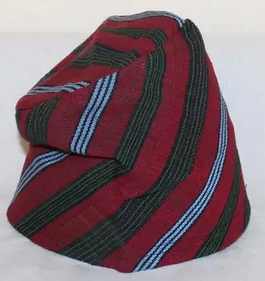
For instance, the Gobi is commonly worn by younger men, while the Abeti Aja, with its flaps resembling a dog’s ears, is popular among elders and chiefs.
Esiki and Sapara
Esiki and Sapara are traditional garments worn by Yoruba men. The Esiki is an undergarment similar to a vest, often worn with a wrap-around cloth. The Sapara is a flowing gown worn over the Esiki, similar to the Agbada but less elaborate. 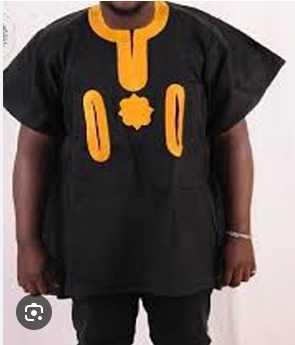
These attires are typically worn during cultural and religious ceremonies, symbolizing the wearer’s respect for tradition and cultural norms.
Conclusion
Traditional Yoruba clothing is more than just attire; it is a reflection of cultural values, social status, and artistic expression. Each piece of clothing carries its own significance, woven into the fabric of Yoruba identity. By understanding the meanings behind these traditional garments, one can gain a deeper appreciation for the Yoruba culture and its enduring heritage
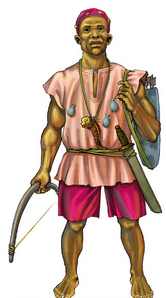
Learn about the Yoruba concept of Ìwà Pẹ̀lẹ́ (good…

Learn special praises for Divine Being and Creator…